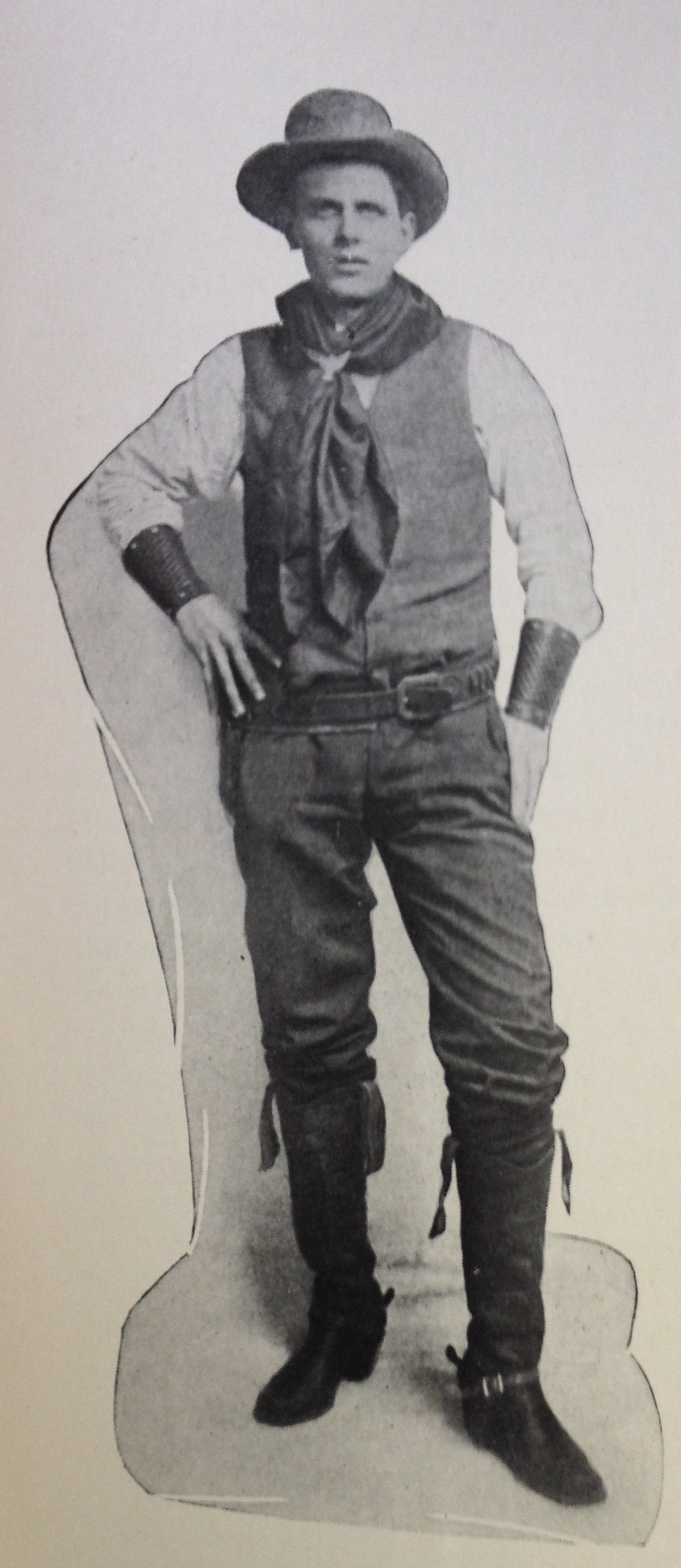The journal Assemblage has just published the Proceedings of the Postgraduate Zooarchaeology Forum held at the University of Sheffield in 2012. All eight papers can be freely downloaded at the Assemblage website.
All but one of the papers deal with Old World assemblages. The exception is Sofia Tecce’s analysis of animal bones from Estancia Pueyrredón 2 in Argentina. This hunter-gatherer site dates to between 4,900-3,500 BP (yes, roughly the same time period as the Lamoka Lake site). The faunal assemblage is dominated by guanaco (although there are also a lot of unidentified rodents) and Tecce present a pretty comprehensive taphonomic analysis of the guanaco bones.
Publication of these papers is notable for another reason. As the editors, Lizzie Wright and Angela Trentacoste point out, the organizers
…had no funding for this conference, but charged our participants just £10, in the knowledge that many postgraduates are limited by financial constraints. The Sheffield Zooarchaeology team hosted (sometimes multiple) participants in their homes. It is worth mentioning the real lack of opportunities for funding an event such as this – postgraduate conference funding was cut by the Arts and Humanties Research Council in recent years, and The University of Sheffield had no appropriate money that we could apply for. This is a real problem when postgraduates often have little funding themselves.

 Here’s a photo showing part of the interior of the house in the Lamoka diorama at the New York State Museum. The lodge itself is based on Ritchie’s interpretation of the numerous post molds and features he described as floors at the site, as detailed in his book The Archaeology of New York State. The contents of the interior of the lodge are more speculative. Some items are based on actual artifacts found at the site, like the antlers seen hanging from one of the wooden supports. Others are undoubtedly inferred from more recent Native Americans, ethnographic hunter-gatherers, and other archaeological evidence. The textiles in particular are beautifully done.
Here’s a photo showing part of the interior of the house in the Lamoka diorama at the New York State Museum. The lodge itself is based on Ritchie’s interpretation of the numerous post molds and features he described as floors at the site, as detailed in his book The Archaeology of New York State. The contents of the interior of the lodge are more speculative. Some items are based on actual artifacts found at the site, like the antlers seen hanging from one of the wooden supports. Others are undoubtedly inferred from more recent Native Americans, ethnographic hunter-gatherers, and other archaeological evidence. The textiles in particular are beautifully done.
